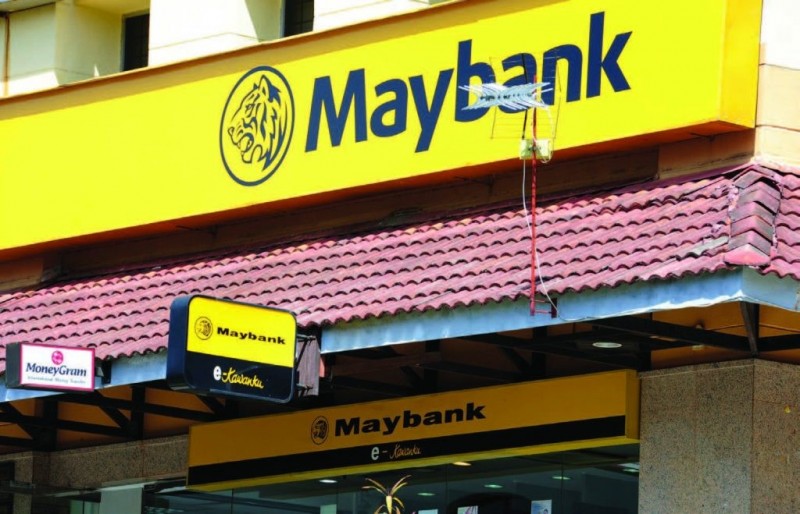
MIDF Amanah Investment Bank Bhd (MIDF Research) is positive on the banking sector as the recovery seems to have progressed at a decent rate.
The research house said the financial ratios for businesses have shown steady improvement with business loans currently making up 24.6% of reschedule and restructure (R&R) scheme loans.
This was driven largely by small and medium enterprises (SME) loan applications under R&R programmes to 36.5% in second half of 2021, topped with the household loan take-up rates for repayment assistance which rose with the People’s Protection and Economic Recovery Package (Pemulih) and the Financial Management and Resilience Programme (Urus) introductions.
In contrast, non-SME contributions to R&R loans remained stable at 17.7%.
“Banking sector maintains its high liquidity with superb Liquidity Coverage ratio and Net Stable Funding ratio,” it said.
According to the research house, it expects the banking sector to weather through a deterioration in asset quality in the coming quarters with adequate loan loss coverage and capital ratios.
Despite that, it favoured the banking sector mainly for reduced credit costs in 2022, improved structural performance and potential pre-emptive provisioning write-backs in 2023.
Due to that, MIDF Research maintains a ‘Buy’ call for its top pick banks including Public Bank Bhd with a target price (TP) of RM5.10 and Malayan Banking Bhd (Maybank) with a TP of RM9.47 per share.
The report noted that Bank Negara Malaysia (BNM) notes the possible issues with recent structural trends reducing Commercial Real Estate (CRE) demand (via vacancy and rental rates) and subsequently posing risks to the balance sheets of financial institutions.
“A sharp and protracted slowdown in CRE activity could have an indirect impact on other industries. However, BNM sees limited impact from the above,” the report said.
Linkages between the CRE sector and the financial system are significantly lower in Malaysia relative to other countries in which the credit exposures to the CRE sector comprise only 7.8% of local total banking system assets, in part due to the banks’ cautiousness towards the sector.
As for the household segment, it said the household debt to GDP ratio declined in December last year to 89% although it is still on the higher end compared to regional economies.
Household debt was driven primarily by housing mortgages, largely due to incentives under the Home Ownership Campaign.
The take-up rate of revenue account in December last year rose sharply, given the introduction of the Pemulih and Urus programmes. It rose to 30% of household loan accounts and 35.7% of outstanding loan exposures.
“Overall, we remain positive on the banking sector and it has shown that it has stayed resilient contributed from the ample capital and liquidity buffers,” the report noted.
Source: https://themalaysianreserve.com/2022/04/01/midf-research-optimistic-about-the-banking-sector/

